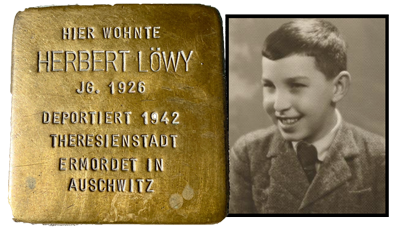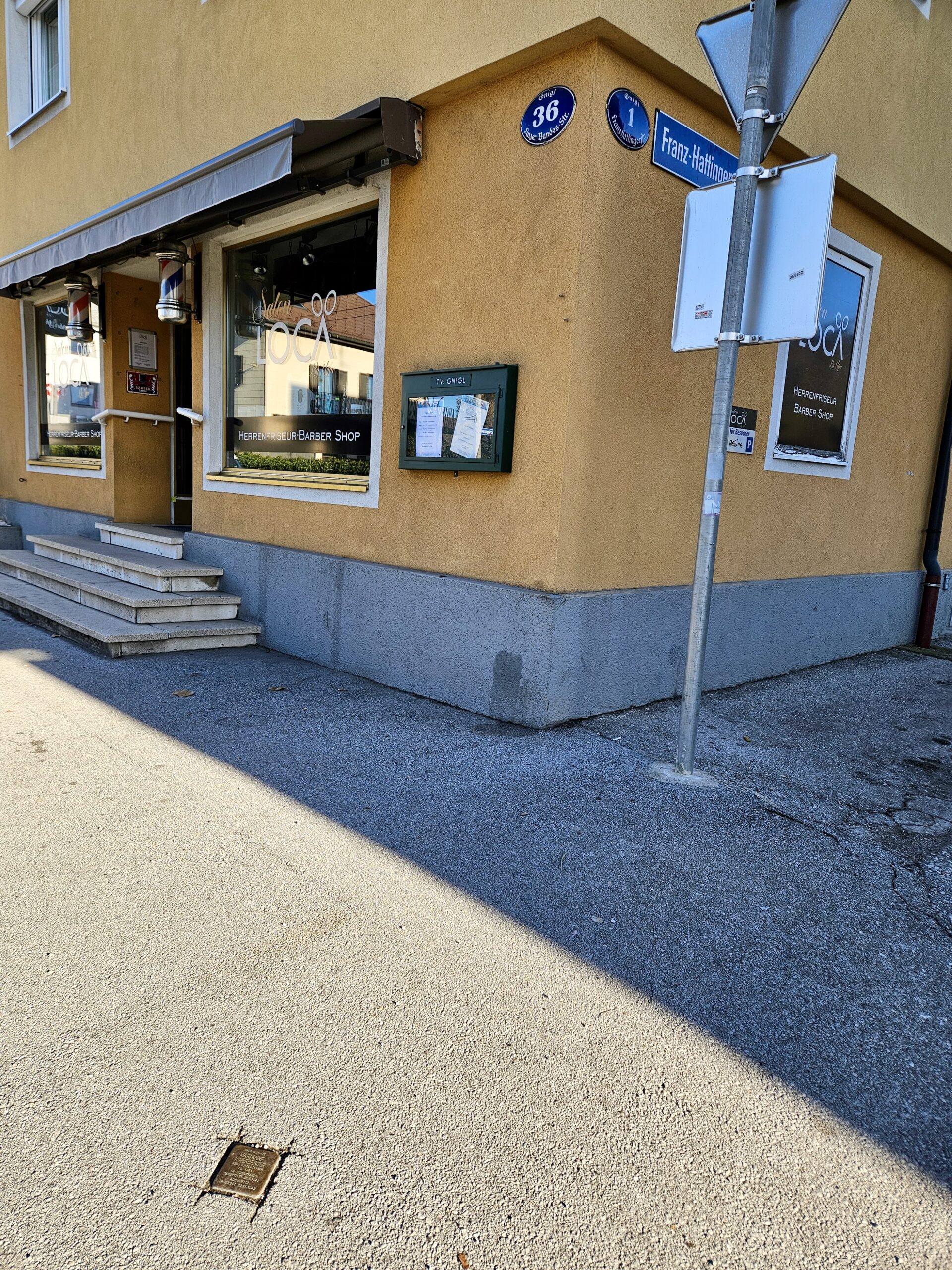Marianne INNERBERGER, née WITZLSTEINER, was born in Mondsee (Upper Austria) on September 13, 1901.
She and her husband were members of the illegal Austrian Communist Party during the Nazi dictatorship and Marianne INNERBERGER belonged to the Communist Women’s Group.
They were both arrested by the Gestapo on May 18, 1942. Mrs. INNERBERGER was sent to Auschwitz on June 20. 1942, and the 41 year old activist was murdered there on November 12, 1942.1
On the initiative of her father Michael Witzlsteiner her ashes were interred in their family grave in the Gnigl district of Salzburg.2
On February 19, 1943 the widowed Alois INNERBERGER, who had been a prisoner in the Dachau and Sachsenhausen concentration camps since the end of May, was sentenced to death by the Peoples Court in Berlin for »conspiracy to commit treason«.
But he was pardoned and his sentence wasn’t carried out in full.3
He survived his concentration camp experience, returned to Salzburg, and died here in 1990.
His son Alois INNERBERGER Jr., who had been born in Salzburg in 1933, emigrated to Switzerland in 1966.
1 Six women from the Salzburg districts of Gnigl, Itzling and Schallmoos were sent to Auschwitz in 1942 without any judicial process and murdered: Rosa Bermoser, Maria Bumberger, Anna Frauneder, Marianne Innerberger, Anna Prähauser and Anna Reindl.
The Communist Josefine Lindorfer from Hallein was also sent to Auschwitz from the police jail in Salzburg and murdered.
2 Michael Witzlsteiner’s older daughter Paula was the wife of Max Hermanns who was murdered in the Flossenbürg concentration camp (see Location: Baron Schwarz-Park).
3 Widerstand und Verfolgung in Salzburg 1934 – 1945, Vol. 1, 417f.
Translation: Stan Nadel
Stumbling Stone
Laid 23.03.2012 at Salzburg, Linzer Bundesstraße 36




